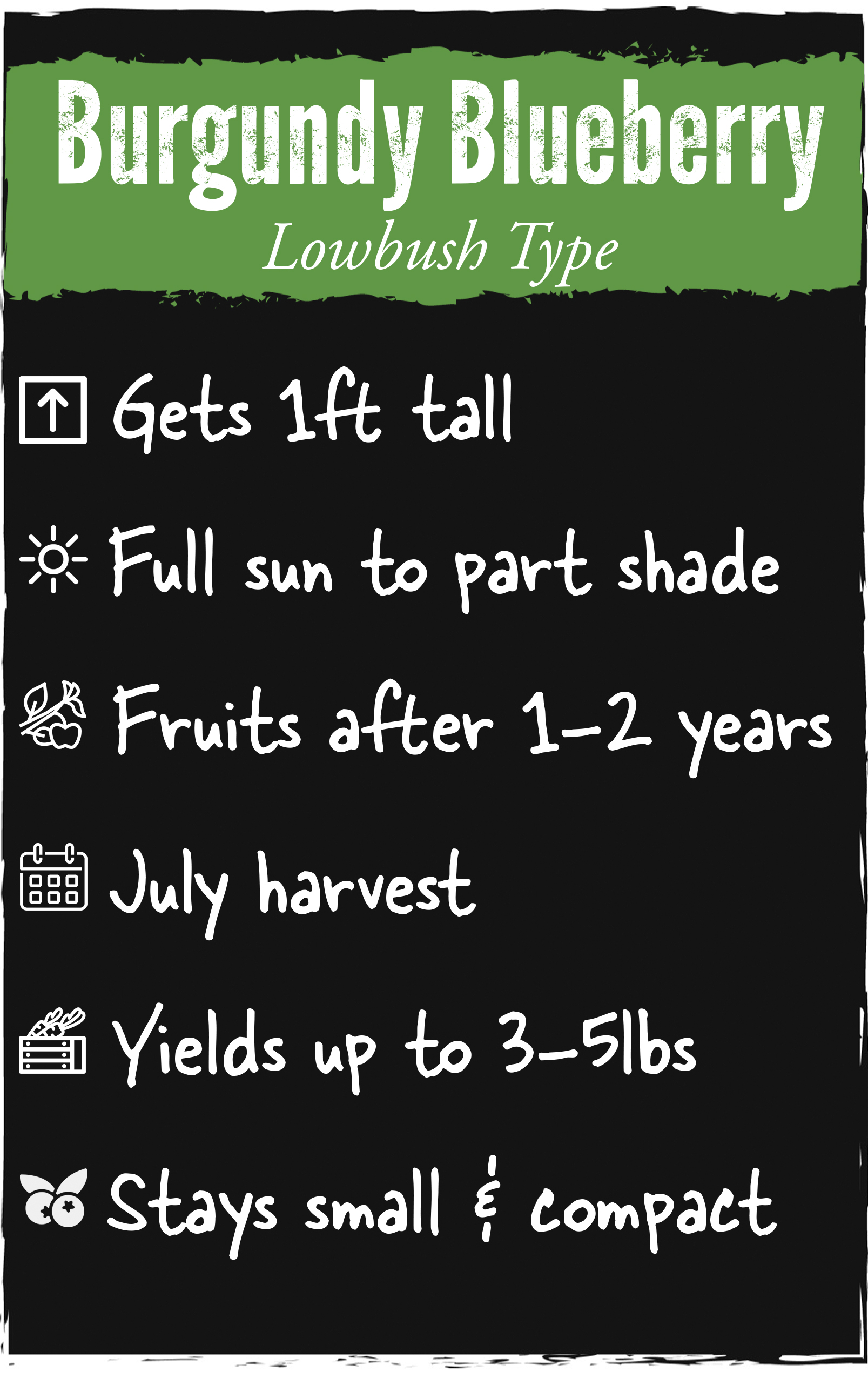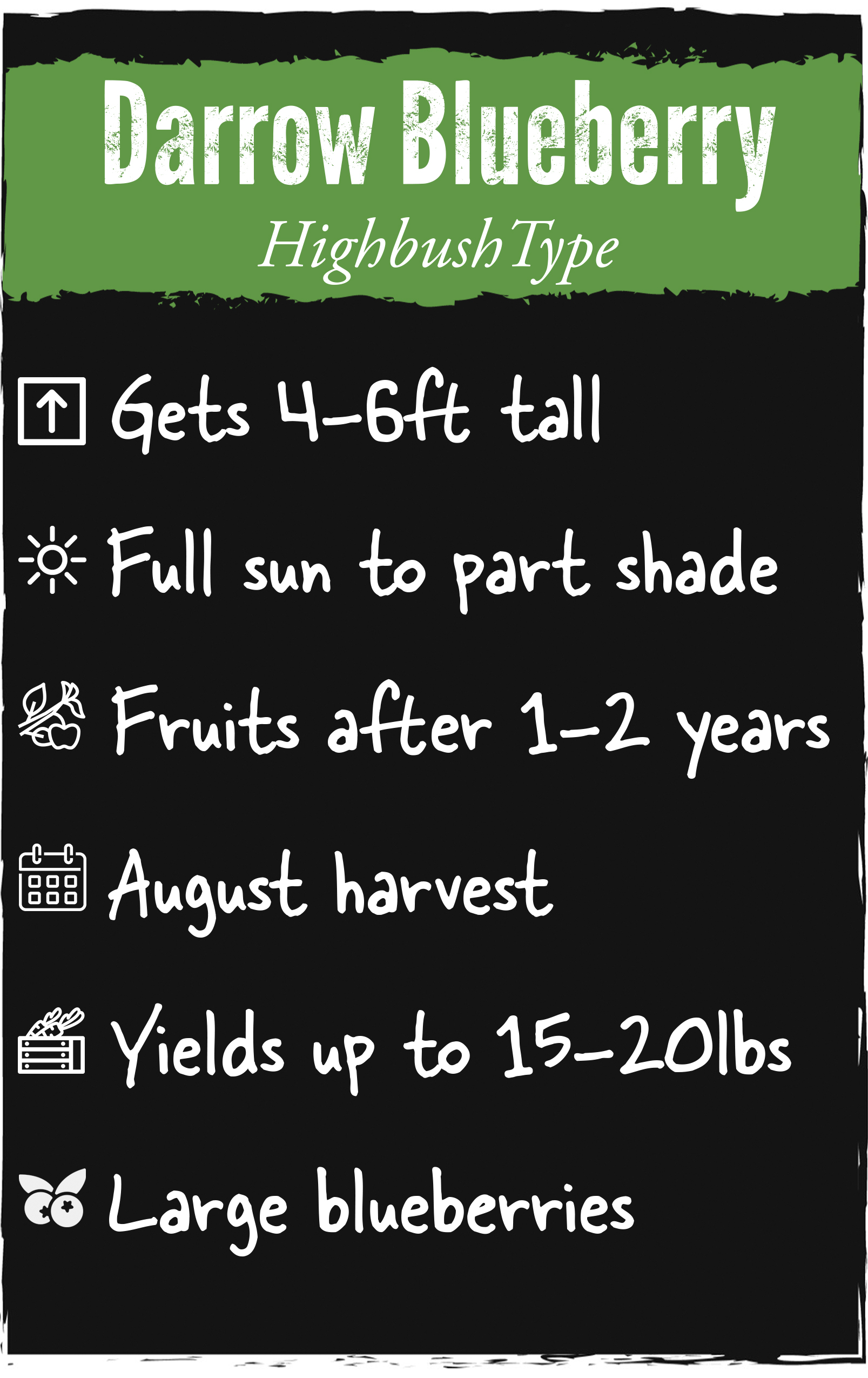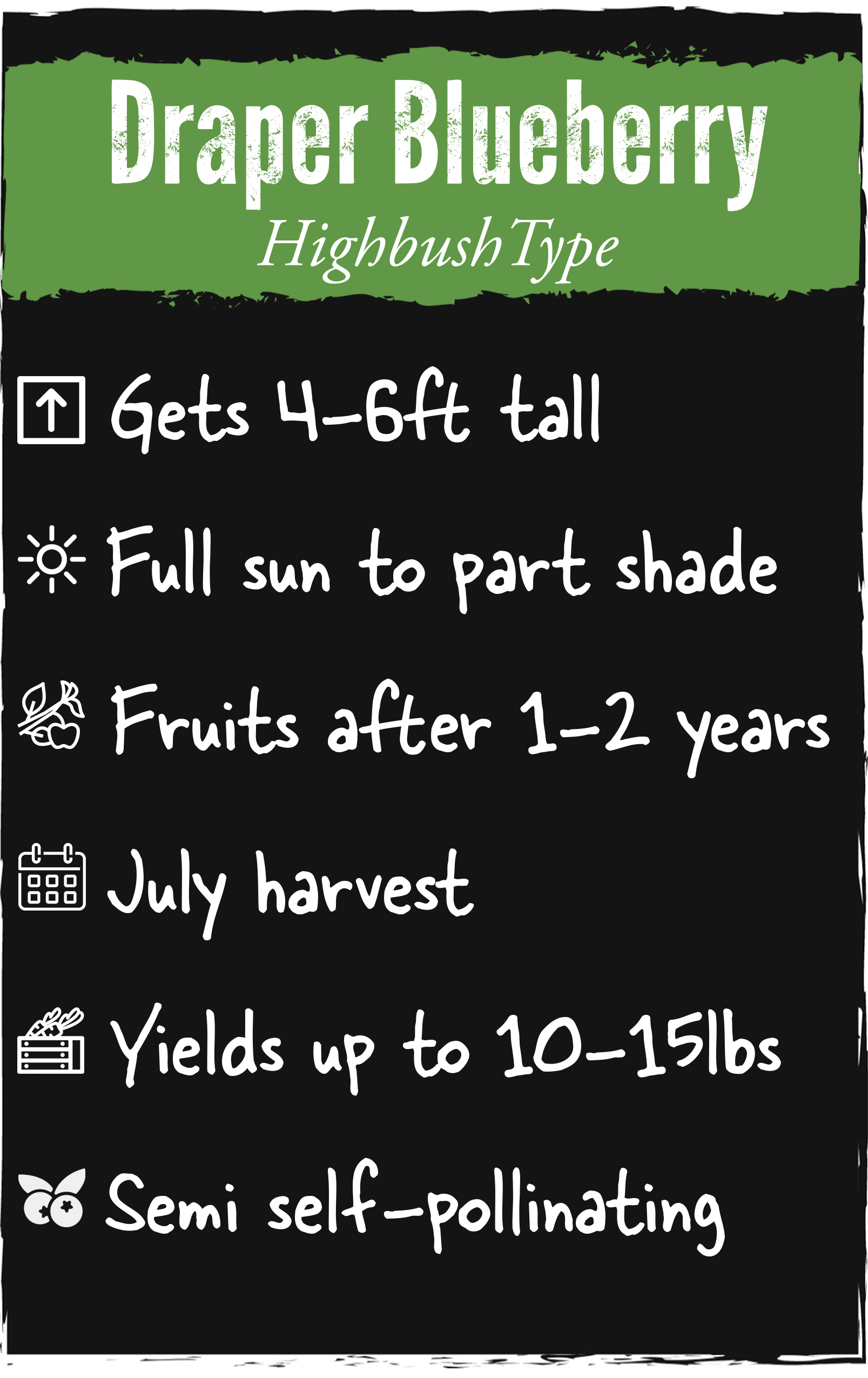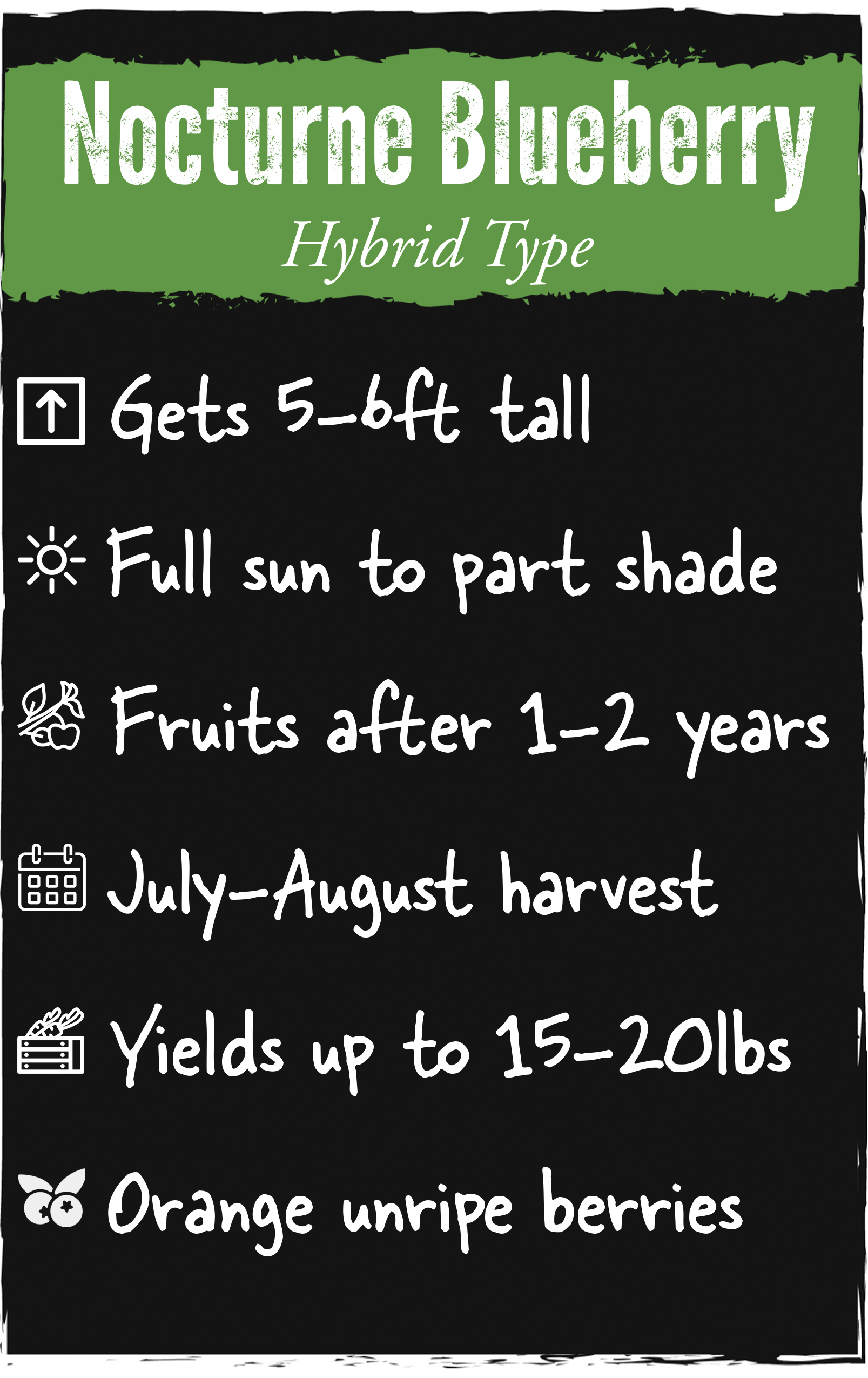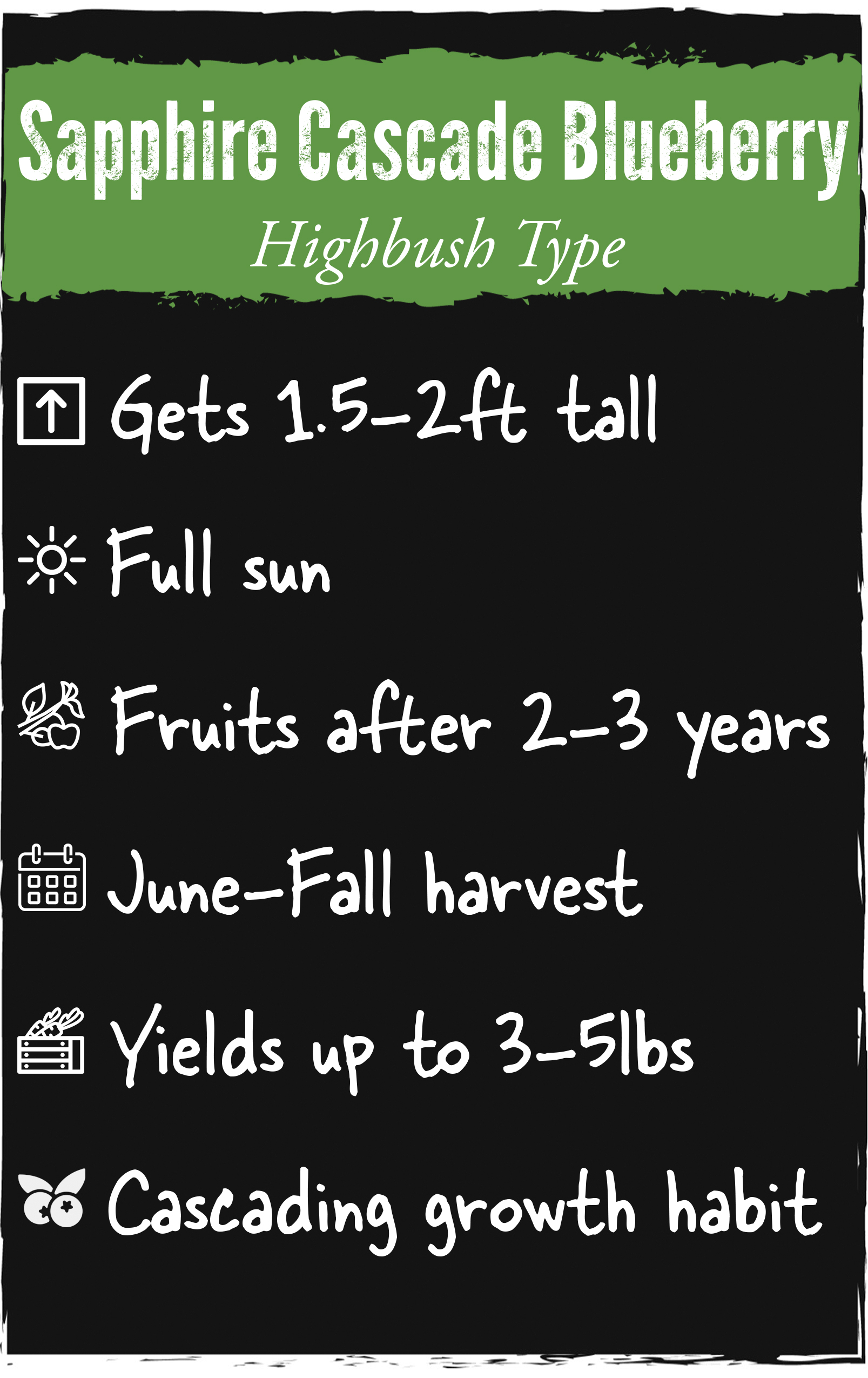Share

Blueberry Basics
It can be overwhelming to buy blueberries with how many different types and varieties there are these days, especially when you’re often buying them before they even have their leaves. Will this variety get too big for your garden? How many pounds of berries do you want each season? Do you want a variety that’s tried and true or something more unique? While those questions will have to be answered on a case by case basis, all blueberry plants, no matter the variety, require the same general basics. There are also general guidelines when it comes to types of blueberries and some stand out varieties if you’re looking for a particular trait, so read on and keep these things in mind as you pick your new plants!

For starters, all blueberries need acidic soil. This is soil with a pH of less than 7, with a pH of 4 to 5.5 being ideal. In their native habitats around the Eastern and Southern United States, acidic soil is abundant, but here in Nevada, our soil is alkaline with a pH of 7+. You’ll need acidic planting mix to have blueberries that survive, let alone thrive here. Make sure that your planting mix is well draining too, these plants need a fair amount of water but don’t like to stay wet. Be sure to get the right fertilizer as well as some fertilizers will alter the soil pH and can make your potting mix less hospitable for your blueberries.
Blueberries also benefit from full sun, though most can tolerate some shade and even appreciate a little cover from the harsh afternoon light. We recommend growing blueberries in containers so that all of these factors, especially the soil acidity, can be easily controlled by you. It’s a lot easier to relocate or change the conditions of an unhappy container plant than an unhappy in-ground plant!
When you have all the basic things that your new blueberry plant will need, don’t forget the most important part if you want them to fruit: a friend! Most garden varieties of blueberries are semi self-pollinating, meaning they can produce fruit all by themselves but they produce more and higher quality fruit if there’s another blueberry nearby for cross-pollination to occur. You can have multiples of the same type, but having a couple different varieties is your best bet. Plus different varieties have different harvest times, so if you plan it out right you can have fresh blueberries for months on end! Cross-pollination won’t create hybrid fruit, so don’t worry about having multiple varieties near each other. You’ll still only get the single, intended variety of blueberry per each plant.
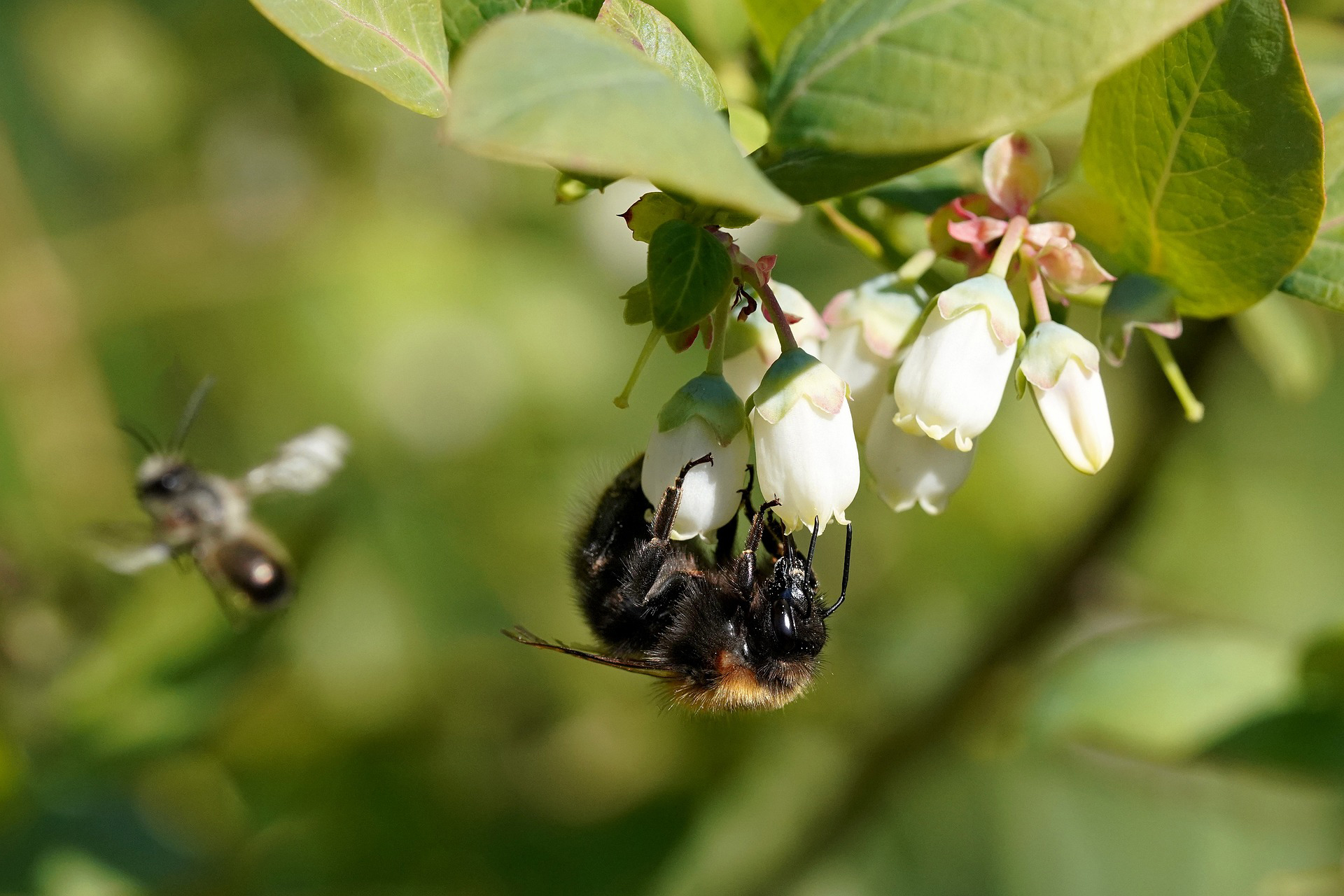
Now blueberry plants come in a few different types, most notably “highbush” and “lowbush”. If you guessed that highbush blueberries are taller and lowbush blueberries are shorter, you’d generally be correct. Some highbush type blueberries can be quite small and compact though, while lowbush blueberries can get surprisingly tall and even rival some of the highbush varieties. The better way to decide between them when it comes to our home gardens is that lowbush cultivars have sweeter fruit and highbush varieties have much more abundant fruit. Of course, that depends on the plant’s size no matter the type though. A highbush type that only gets a foot or two tall isn’t going to be able to produce the 20 pounds of fruit that its six foot tall highbush cousins will be able to. Lowbush types are also generally hardier than highbush types, so while all of the varieties we carry will come back year after year in normal conditions, it may be worth it to you to go with the lower producing lowbush types in order to ensure you’ll keep your plants if there’s a particularly cold winter, especially up in the higher altitudes.
To confuse things further, there are also hybrids of these types. “Half-high” hybrids are crosses between highbush and lowbush varieties, while highbush types can be further broken down into Northern highbush and Southern highbush varieties, which can then be hybridized. There are also rabbit-eye types that are more heat-hardy that can be bred with any of the other types. All of this to say that you really only need to look at the blueberry type when picking a plant for your garden as a rough guideline of size, which temperature extremes they may be more hardy to, and sweetness versus amount of fruit produced.
There are also blueberries that have been bred to have specific growth habits regardless of their type, such as the Midnight Cascade and Sapphire Cascade varieties that stay very small and have a cascading growth habit, meaning they grow over and down the edges of their containers. This shape makes them ideal for growing in hanging baskets so even apartment gardeners and others with limited space can enjoy fresh blueberries!

Sapphire Cascade blueberries
One last consideration when picking the best blueberry for your garden is if you want any of the more unique varieties. If you’re going to be picking up multiple varieties anyway or want something new to add to your existing varieties, then why not go for something different? Pink Lemonade is a variety that produces pink blueberries but still has that same classic blueberry taste to add a little color to your fruit bowls or baked goods. Conversely, Silver Dollar is a variety that looks like a regular blueberry but has a pineapple-like flavor. There’s also Chandler which is the variety that produces the world’s largest blueberries if you want something brag-worthy in your edible garden. Not feeling too adventurous? The most popular blueberry variety in the United States is the Bluecrop, making it a tried and true favorite if you just want something classic to go with. Pair it with a friend of the Toro variety, which is the most reliable pollinator, for a simple and successful blueberry set up.
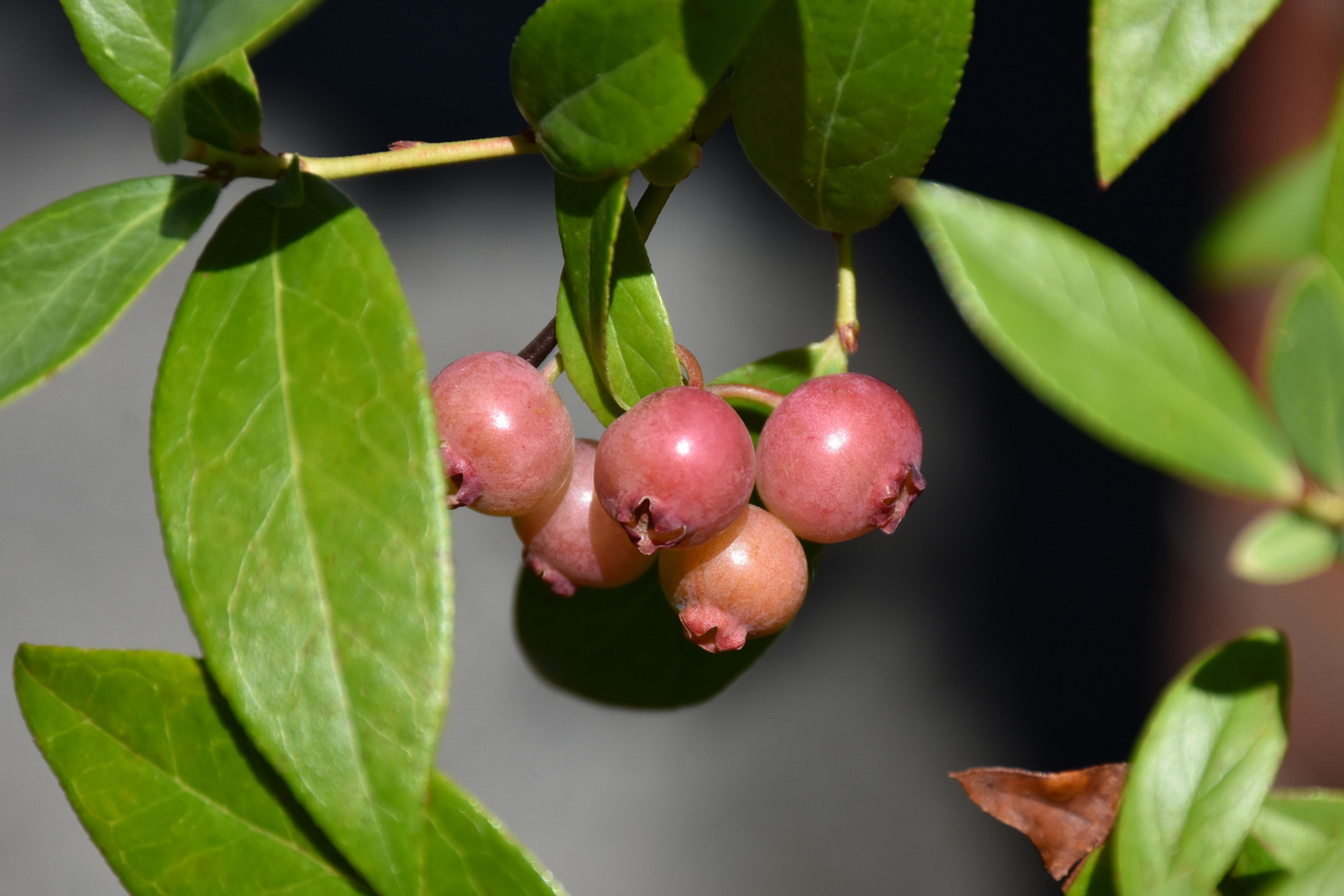
Pink Lemonade blueberries
There are few simple pleasures in life quite like picking and eating blueberries right off the plant, so while picking out the right blueberry for you may be a little confusing at first, it’s so worth it in the end! Now that you know the basics, check out the quick facts for each of the 19 varieties of blueberry we’re carrying for the 2023 season below for more info. Whether you’re an experienced grower looking for the next addition to your garden or someone just getting started growing this beloved berry, enjoy the sweet payoff of having your own blueberry plants!
If you have any questions, stop by any one of our three Moana Nursery garden centers or contact us online.
Share
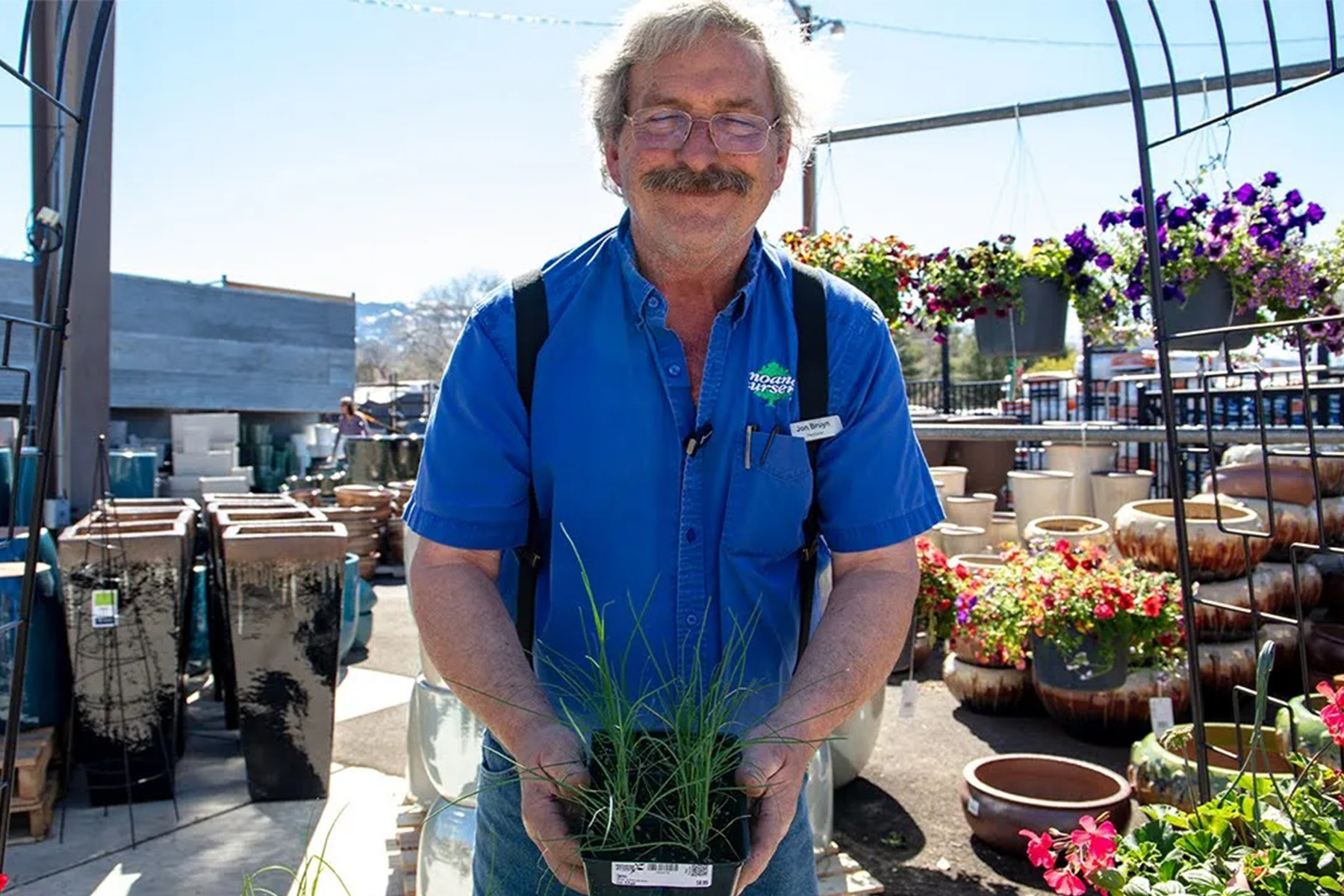
In a world filled with artificial flavors and processed foods, cultivating your own herb garden offers a return to authenticity.

Instant Compost Tea is a game-changer for gardeners looking for an easy and effective way to boost the health of their plants and soil.

As the pumpkin patches come alive with color and variety, the team at Moana Nursery takes pride in presenting a diverse range of pumpkins and gourds at all 3 of our locations on S. Virginia St., Moana Lane, and Pyramid Hwy.

Where should you go to find the perfect pumpkin or gourd for your front porch or dinner table centerpiece? Look no further than Moana Nursery!



